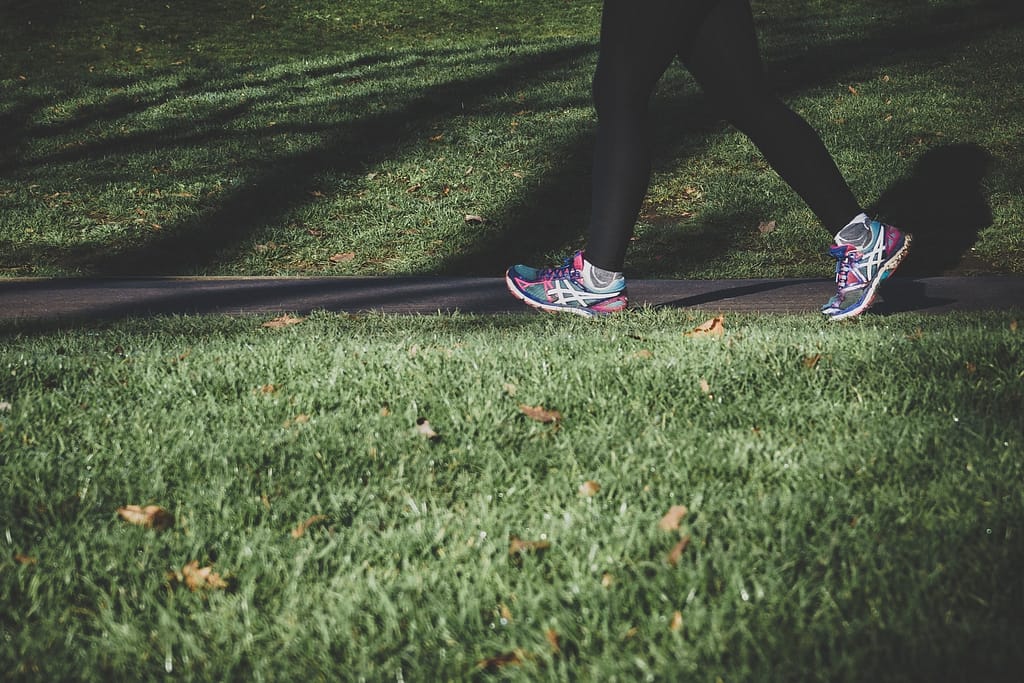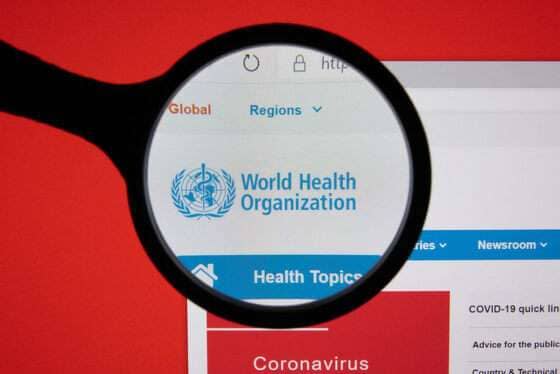According to a new World Health Organization report, nearly 500 million people worldwide will develop diseases as a result of physical inactivity between 2020 and 2030. (WHO).

Unless something is done about it, half a billion people will develop heart disease, diabetes, obesity, and other non-communicable diseases during that time, according to the United Nations health agency’s first-ever Global status report on physical activity, which was released on Wednesday.
The WHO estimates that treating new cases of those diseases will cost the global community $27 billion per year, for a total of $300 billion by 2030, based on data from 194 countries.
“More than one-quarter of adults and more than 80% of adolescents do not meet the WHO’s recommended levels of physical activity for optimum health… “Widespread physical inactivity is also a significant economic burden on national health systems and the global economy,” according to the report.
The report emphasizes that the problem is avoidable if governments take steps to encourage physical activity.
“We need more countries to scale up implementation of policies to support people to be more active through walking, cycling, sport, and other physical activity. The benefits are huge, not only for the physical and mental health of individuals, but also societies, environments, and economies”.
Tedros Adhanom Ghebreyesus – WHO Director-General
According to the report, less than half of countries have a national policy on physical activity, and less than 40% of existing policies are actually implemented.
According to the report, the COVID-19 pandemic, which hampered physical activity with lockdowns and stay-at-home orders in its early days, has also slowed the progress of physical activity policies and initiatives.
“The COVID-19 pandemic has demonstrated that physical activity must be a core component of public policy, with all countries ensuring equitable physical activity opportunities for all,” the report states.
The World Health Organization’s Global Action Plan for Physical Activity (GAPPA), released in 2018, includes 20 policy recommendations to assist governments in combating the noncommunicable disease crisis by fostering active societies, environments, and systems within their countries.
GAPPA believes that changing people’s attitudes and societal norms about physical activity can be accomplished through national communication campaigns and mass-participation events.
The plan also suggests increasing physical activity opportunities through initiatives that promote walking, cycling, and other physical activity in childcare settings, workplaces, and schools, among other places.
According to the new report, while many countries monitor adult physical activity, few monitor children’s physical activity. According to the report, only 30% of countries have physical activity guidelines for all age groups.
According to the report, many countries also have critical deficiencies in road designs and sustainable transportation systems that make physical activities like walking and cycling safer.
It claims that improving road design standards, implementing safety strategies, and enacting speed limits, distracted driving, and public open spaces can create environments conducive to physical activity, and that national guidelines, policies, and targets for such activity can provide frameworks for addressing the issue through 2030.
Visit usauptrends.com for the newest trends.
This story was published on thehill.com.

Hello man, This was a great page for such a hard subject todiscuss. I look ahead to reading a lot more great posts like these.Thank you.
Reading your article helped me a lot, but I still had some doubts at the time, could I ask you for advice? Thanks.
Very nice post. I just stumbled upon your blog and wanted to say that I’ve really enjoyed browsing your blog posts. In any case I’ll be subscribing to your feed and I hope you write again soon!